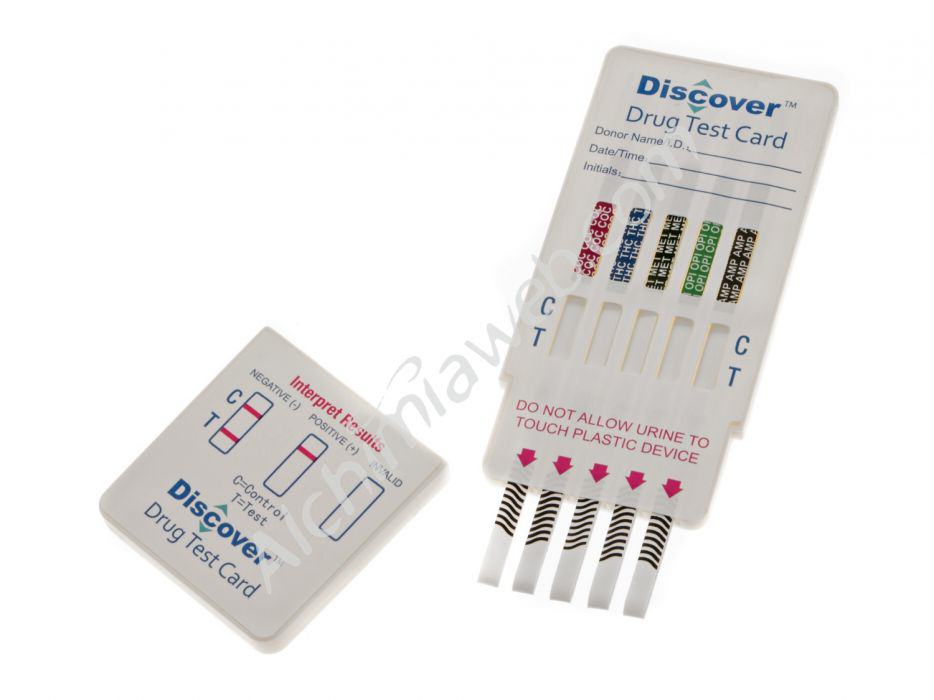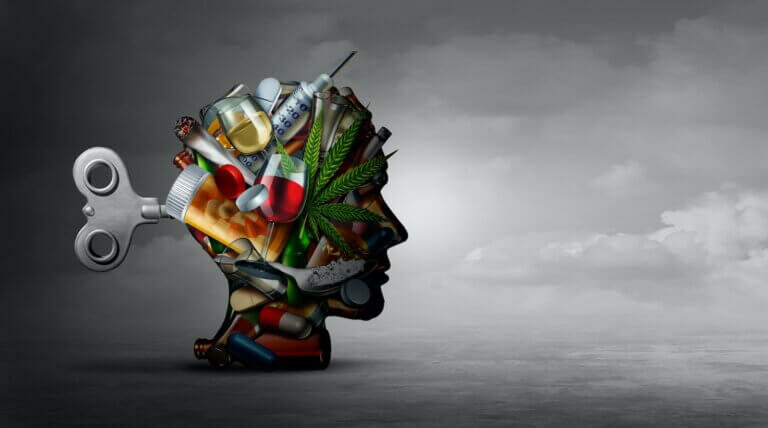Drug tests: what they are and how they work
List of contents
Drug tests are something increasingly common in our society. Whether it is risk prevention in certain types of professions, road controls, or elite sports, even in the cases of companies that offer jobs without any risk, today it is not uncommon to have to undergo one of these toxicological tests, which, as you probably already know, can be done in various ways, from the analysis of saliva to that of sweat or hair.
But what types of analysis are there? How do they work? Are they really reliable? How long do the substances detected by these tests last in the body? Today we will try to answer all these questions and offer you more information about this type of analysis, the application of which could be questionable in some cases, but also necessary in many others that may imply a serious risk not only for the person who has taken a psychoactive substance but for those around her.
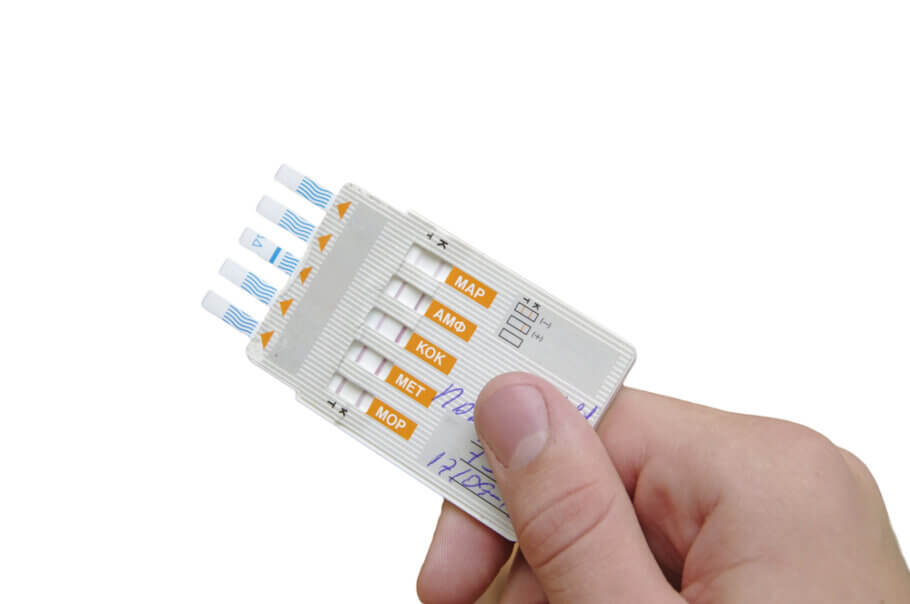
Toxicological analysis, a drug detection tool
Toxicological tests can be done for many different reasons; to begin with, they can be used from a purely clinical/medical framework for the detection in the body of chemical substances such as prescription and non-prescription drugs, vitamins, or nutritional supplements. Of course, they can also be used to detect the presence of legal (alcohol) and illegal (cocaine, cannabis, heroin, amphetamines, etc.) drugs.
As you surely know, and although each one has its "traditional" method(s) of administration, generally speaking, drugs can be used in very different ways; they can be inhaled, sniffed, injected, or even absorbed through the skin or mucous membranes. Similarly, there are many types of tests to detect them, tests in which basically the same procedure is always followed: take a sample from the person's body and analyze it for certain chemical substances.
On many occasions, multidrug tests capable of detecting several substances with the same test are used. In other cases, systems that only detect one substance are used, such as this test for the detection of marijuana in urine.
However, this type of test has a "problem", which is none other than the - sometimes - short time frame between taking the substance in question and its possible detection in an analytical test. And it is that the trace of many of the drugs most commonly sought in this type of control usually disappears relatively quickly, in hours in some cases, a few days in others. The exception, unfortunately for its users, is cannabis, which can remain in your body for 30 days or more.
Of course, not having an effect (it only lasts a few hours), but it is detectable in an analysis. Bad news for stoners, because the authorities don't care that they are using a test that simply tells them that you have used cannabis in the last 30 days; You can have problems if you test positive even if you have not smoked in the last two weeks, something that seems as unfair as sloppy.
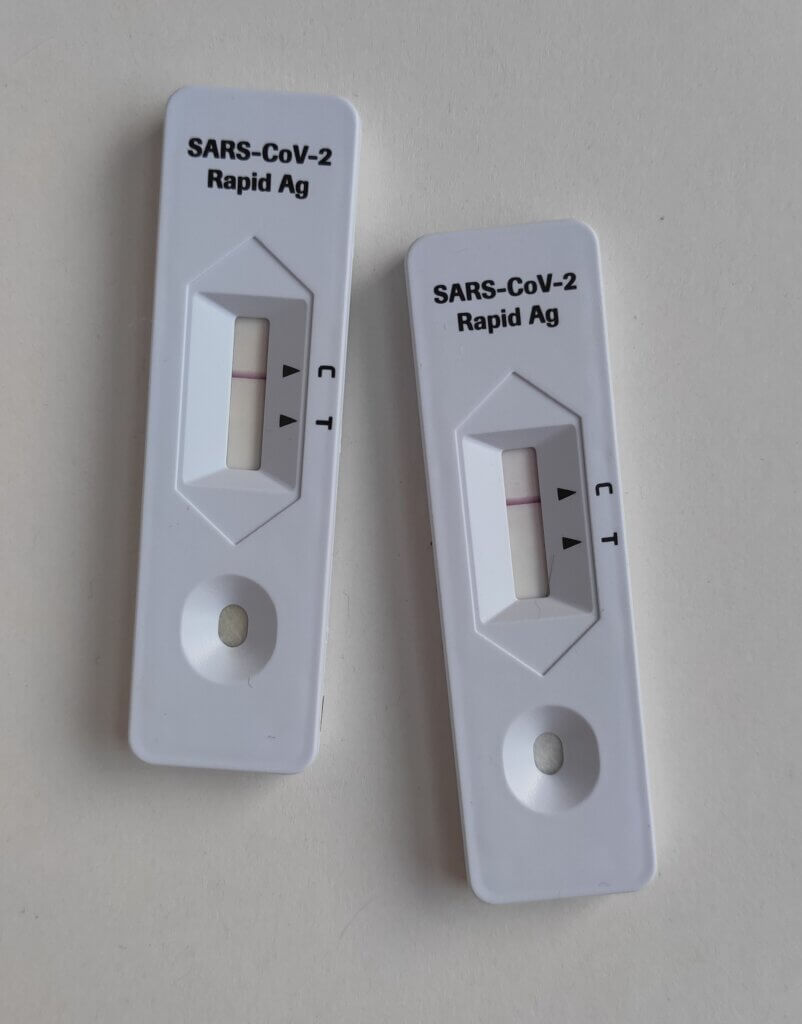
Types of drug tests
Before continuing with the times that each drug remains in the body, we are going to see what are the main types of analysis that are usually done more often. Of course, there are other more advanced methods to refine the search, for example, to distinguish between different types of amphetamines or benzodiazepines, although they are not usually used with the same frequency as those that we will see below.
Urine analysis
Together with those of saliva, they are usually the most frequently used. The method is simple: a urine sample is collected from the so-called midstream (you collect the sample halfway through peeing, to understand each other) in a sterile container, preferably first thing in the morning. Since many chemicals remain for days in the urinary system, urine tests are one of the most widely used tests in clinical analysis laboratories.
Saliva analysis
The most popular at roadside checks, when the speed and agility of the process are of the utmost importance. The drug detection time with these tests is shorter than with urine or hair tests and similar to that of blood tests. Once the sample is taken, it is subjected to a series of reagents that will quickly form a stain on the test, indicating the type of substance in question.
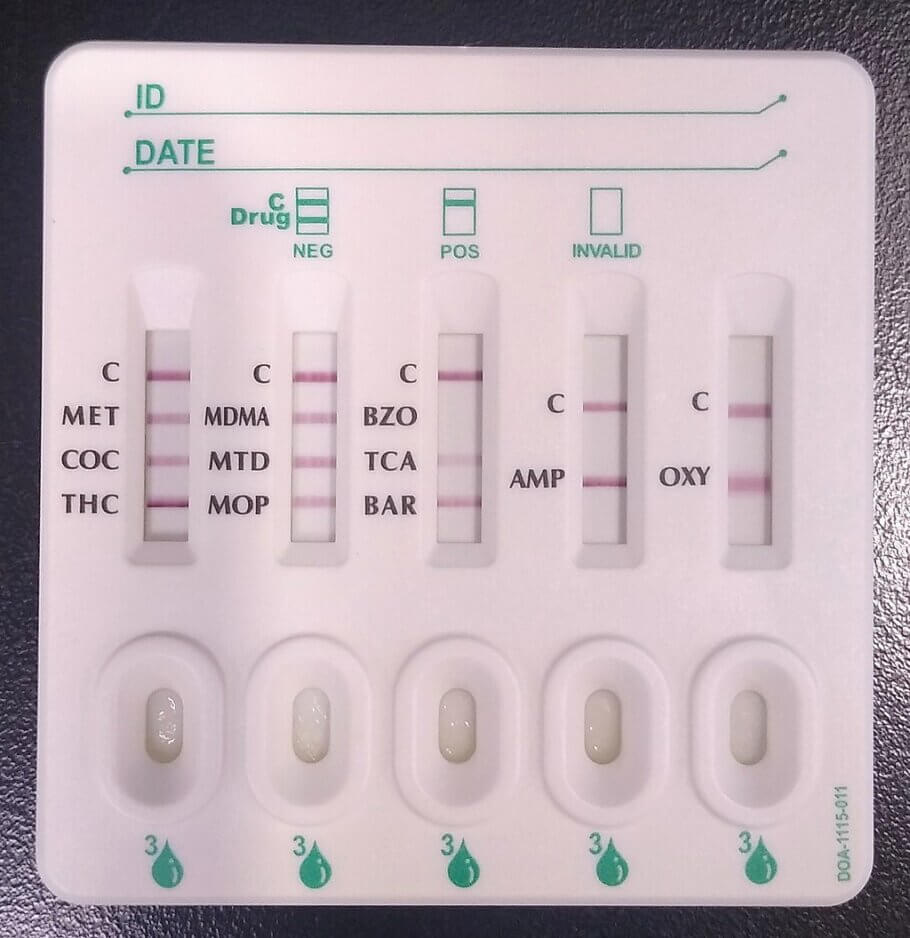
Blood test
Less used than the previous ones due to various reasons, such as that they are more invasive to the person or that the substances remain in the blood for less time than, for example, in the urine or hair. Normally, after one day no substances are found in this type of analysis.
Hair analysis
When ingesting a drug, traces of it become part of the structure of our hair and hair, and can be detected up to 3 months after consumption. As the hair grows, the section of hair with these traces separates from the root, so if it is cut frequently it will be difficult to detect consumption within the last 3 months.
Of course, there are many other methods for detecting chemical substances in the body, such as sweat or breath tests, undoubtedly the most widely used to detect the presence of alcohol. However, with the exception of the latter, they are not usually used unless in exceptional cases that require it.
How long do drugs last in the body?
As we already know, the reliability of toxicological analyzes depends to a great extent on time, since logically they will only offer a positive result in case of detecting a certain substance, and detecting it will depend on whether it is in the body or not. It doesn't matter if you consume cocaine every day in large quantities; it will have disappeared from your body in a matter of 4-5 days without taking it, giving a negative result in drug controls.

But beware; The time that a substance remains in the body depends not only on its type, but aspects such as the age of the consuming person, their level of body fat, or the functioning of their own metabolism also have an influence. All of these factors play an important role in how long a substance remains in the body, so in case you have to pass a test, it is always better to be cautious and extend the withdrawal period before the test.
In addition, and as you may know, there are toxin purifiers or detox products, such as Kleaner, which help the body to get rid of accumulated toxins in a few hours, being of great help in these cases, also if you are following certain diets. Finally, it must also be taken into account that the final result will depend on the type of analysis carried out; For example, in a hair analysis you can look much further back in time (and see what substances the person has consumed) than in a saliva test.
Detox products to eliminate toxins from your body
Detox products are becoming more and more common on the market, due to the increasing number of people who need - or simply want - to eliminate the toxins present in their bodies. Today we present some of the most practical and effective options available on the market and offer some details about their use.
Urinalysis drug detection time
Undoubtedly, urine tests are the most widely used for the detection of drugs in the body, since there are perfectly established methodologies and protocols. Furthermore, drugs are detectable for a longer period of time if they are searched for in the urinary system, days in most cases. Logically, and as we have already mentioned, these detection times are indicative as they depend on various factors.
- Cannabis: 30 days
- Cocaine: 4 days
- Amphetamines: 4 days
- Heroin/Opiates: 4 days
- Benzodiazepines: 7/10 days
Drug detection time in saliva analysis
With a shorter detection time than that of urine and similar to that of blood, with this type of test we have the following approximate terms:
- Cannabis: 10-12 days
- Cocaine: 48 hours
- Amphetamines: 12 hours
- Heroin/Opiates: 12 hours
- Benzodiazepines: variable according to substance
Drug detection time in blood tests
- Cannabis: 12 days
- Cocaine: 48 hours
- Amphetamines: 12 hours
- Heroin/Opiates: 12 hours
- Benzodiazepines: variable according to substance
Conclusions
The use of toxicological analyzes is relatively common in areas such as clinical or judicial, when tests of this type are often required to establish the fairest sentence possible. To give just one example, in recent times this type of analysis has been triggered in cases of abuse and/or rape with chemical submission, where the type of substance used to subdue the victim is sought.
Undoubtedly necessary in countless situations, it is no less true that in certain circumstances its use is not entirely correct from a scientific point of view, especially when we take into account that a person can give a positive result in one of these tests for having smoked cannabis. 10 days before taking the test. What certainty is there that a positive for cannabis is indeed under the influence of it? None. Probably, we would save ourselves a lot of trouble if we used both responsibly and judiciously, both drugs and the tests to detect them.

































































